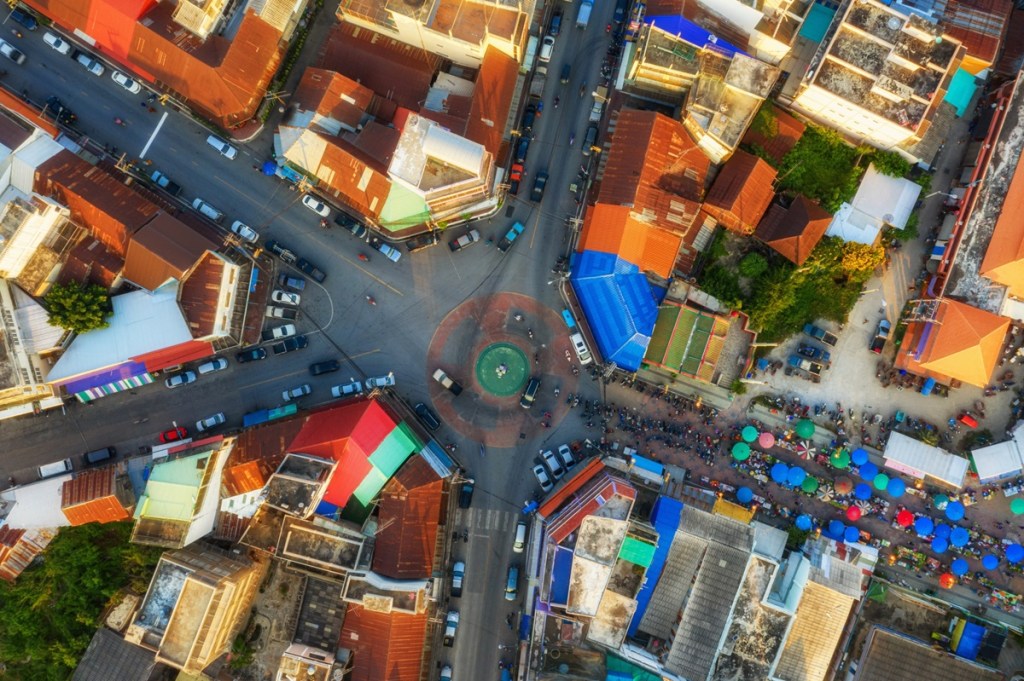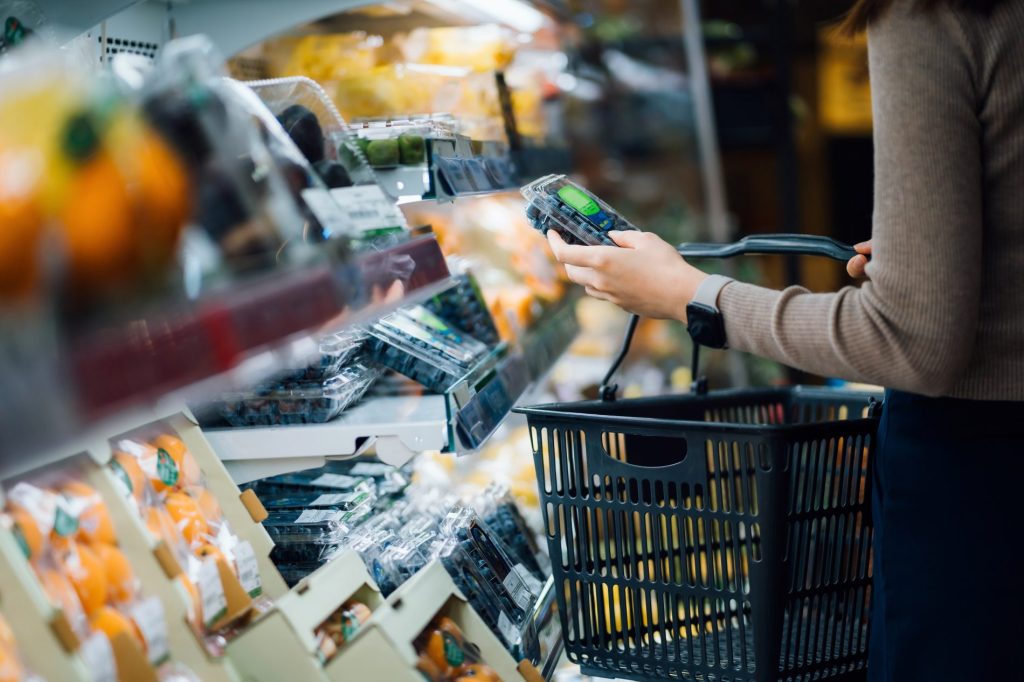Don’t be tempted to compare COVID-19 to the 2008-2009 recession
The slow burn of the 2008-2009 global financial crisis came with certain levels of predictability in terms of the outcomes, namely widespread mortgage foreclosures and long periods of unemployment. But it also brought changes to the shopping habits of consumers around the world.
With the economic and social impact of the COVID-19 emergency being felt around the globe, there is a natural tendency to make comparisons to recessionary periods of the past, such as the Great Recession. Importantly, some habits from that period will be repeated, but to make side-by-side comparisons between what happened just over a decade ago and today’s circumstances would be overly simplistic. Treat it as a helpful baseline and know that adjustments to consumer demands this time around need to be made with far more speed and fervor than we have ever considered.
In the Great Recession, thousands of people weren’t dying every week, millions weren’t instantly unemployed, trillions weren’t pumped into stimulus packages overnight, and we certainly weren’t quarantined in our homes awaiting a miracle cure for a deadly virus that had effectively shut down the world.
There are also more practical considerations. For example, governments today have extended financial bailouts to small businesses and individual workers, whereas the bailouts in 2008/9 were made to save big business and the banking community.
We should expect (and are already seeing) changes in the way people shop at their local supermarkets. Naturally, they will gravitate toward value offerings as they shop during tougher economic times. But they’re also gravitating to brands they know and trust. The brands caught in the middle may not be so lucky. Ensuring on shelf availability is critical, so too is pricing. Expect those two elements alone to need constant optimization.
COVID-19 has changed how consumers shop
But in a COVID-19 world, the “how” and “where” consumers shop is also changing. With long lines to enter stores as social distancing is enforced, consumers are shopping at fewer stores and attempting to do a one-stop shop when they need to buy supplies for the household. Price plays less of a factor, at least for now, as consumers worry more about covering their basic needs.
Those changed habits alone will drive changes on the physical and virtual shelves as retailers and manufacturers reconsider the range and assortment of products they offer. Brands and retailers will also begin to think about promotions, which they have not used aggressively in recent months in some markets. Promotions encourage bulk buying, and in times of short supply and fewer trips, the two do not align. In the 2008/9 recession, retailers actively encouraged spending via promotion.
Additionally, as consumers embrace online shopping for their groceries at record levels, retailers will apply promotions differently, depending on the category and any related supply chain or fulfillment challenges they face—a very real scenario for many supermarkets and other providers seeking to meet the overwhelming demand of online shoppers for many weeks.
Food service was also not a consideration in 2008/9. Restaurants, bars and pubs were not shut down and did not face meaningful competition from food delivery services. Today, those are very meaningful considerations within the COVID-19 operating environment. Similarly, workplaces and schools were not closed, yet that is ongoing in many parts of the world and having a huge impact on in-home CPG and media consumption.
And if we look to comparative costs, fuel prices were hitting highs in 2008/9 in many parts of the world. Today, we see the lowest price at the pump that we’ve seen in many years, ironically at a time when very few are able to use their cars for anything more than a quick trip to the store. Food inflation was also high in many markets in 2008/9, but we don’t expect that this time around as retailers attempt to maintain footfall in what they expect will be a worsening economic environment.
There are, of course, many other factors that come into play today that need to be absorbed: closed international borders, the inability to get agricultural workers to harvest spring and summer crops, questions over bank deferrals on personal debt, interest rate adjustments and the like.
Consumers will make shopping choices based on their instincts
The fundamental common denominator with any comparison is that consumers are people; people with real fears and real emotions that will take action based on instinct. That instinct isn’t always rational or intuitive, but there are common traits in all of us. NielsenIQ saw them play out in a framework we established earlier this year, and they held true across geographies.
But there is a real danger that the COVID-19 conditions prompt business to adopt a “wait and see” attitude or wait until things return to some semblance of normal. Consumers, on the other hand, aren’t waiting; they’re acting and changing in real time. Business needs to recalibrate with them. They will have different tolerances to pricing changes, different demands on the assortment front, and changed expectations on promotional campaigns. We should expect those changes to come faster and more often than we’ve ever seen them.
Businesses that move with those changing consumer signals, or better, get in front of them, will find themselves far more affinity with today’s consumer.



